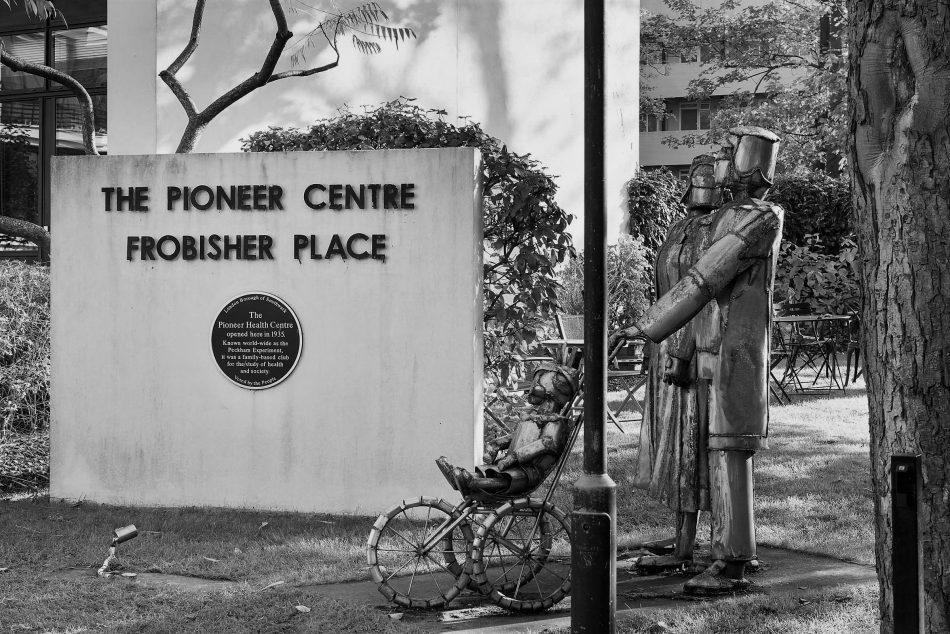
The Pioneer Health Centre
The Pioneer Health Centre, home to the Peckham Experiment, provided a space for local families to explore the benefits of regular exercise, good nutrition and community living.
The SLG’s extensive archive of its history, in addition to material relating to the social, architectural and cultural history of the local area, is now available to the public for the first time both digitally and through changing displays in our dedicated archive gallery in the former Peckham Road Fire Station at 82 Peckham Road. Discover more about people and places that have contributed to the rich and varied histories of the South London Gallery and the local area.
For specific information about material held in the South London Gallery archive, please search our online catalogue.

One of the most significant gifts to the South London Gallery’s art collection was the design for an inlaid wooden floor by the artist Walter Crane, an early member of the Gallery’s council.
Find out more
The Pioneer Health Centre, home to the Peckham Experiment, provided a space for local families to explore the benefits of regular exercise, good nutrition and community living.
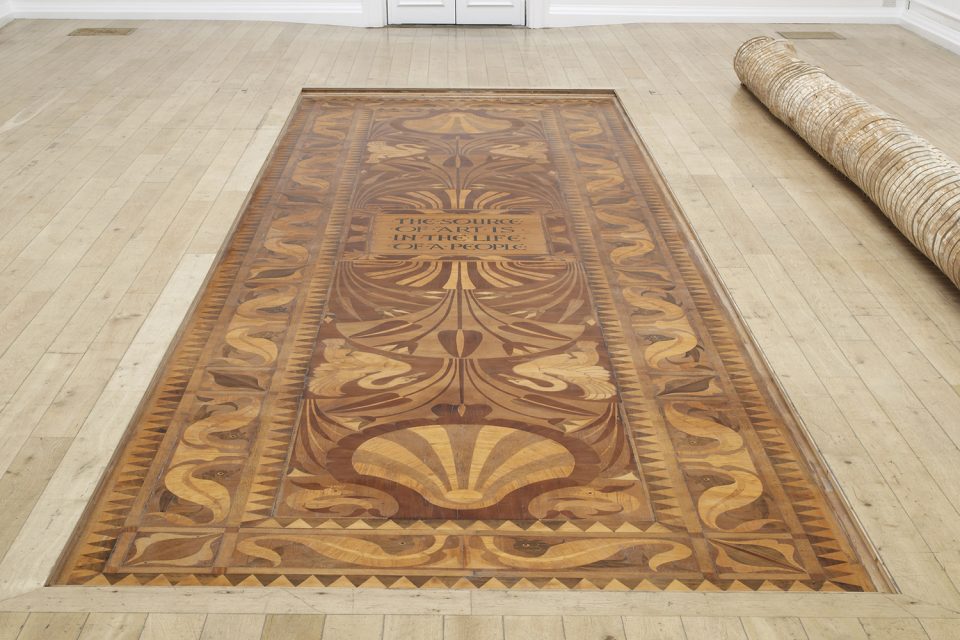
One of the most significant gifts to the South London Gallery’s art collection was the design for an inlaid wooden floor by the artist Walter Crane, an early member of the Gallery’s council.
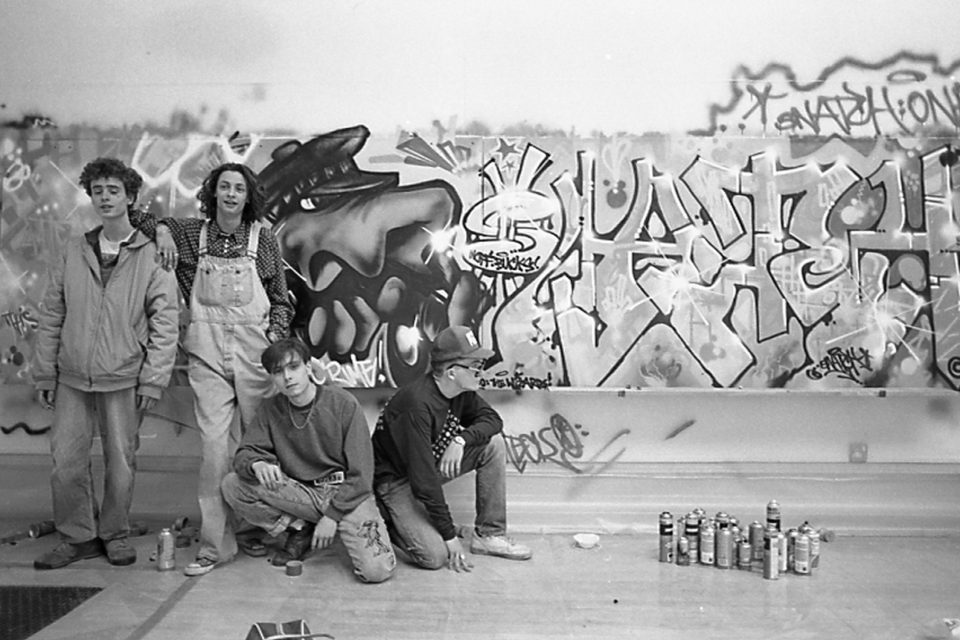
In the 1980s and 1990s, local photographer Phil Polglaze captured hundreds of moments at the South London Art Gallery. The focus of his pictures was rarely the art on display but rather the people gathered in the main gallery.
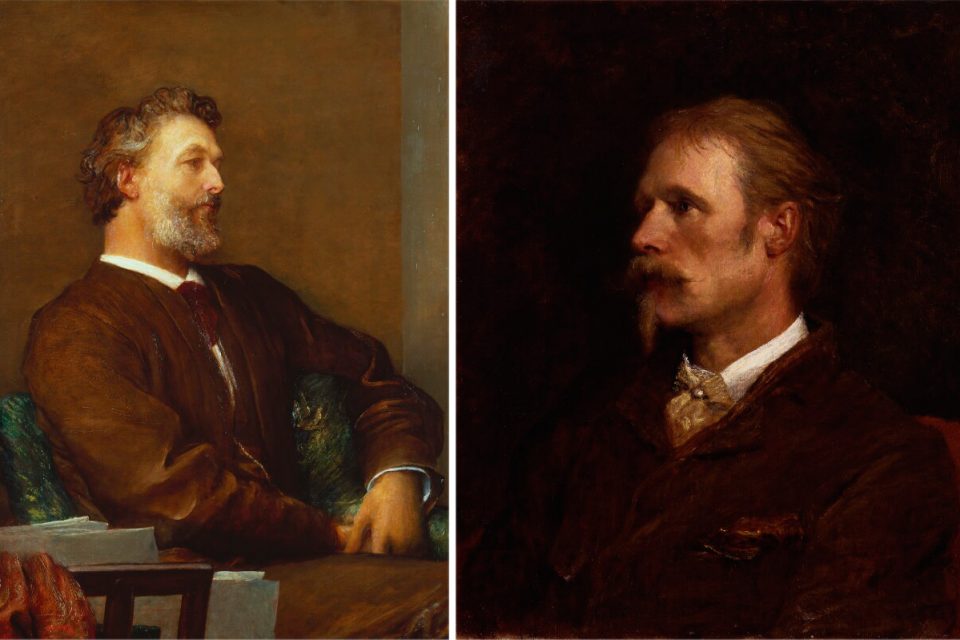
William Rossiter, the person responsible for establishing the South London Gallery, believed that art, literature and learning should be available to all, not only the privileged few. A trunk maker turned teacher, he founded the South London Working Men’s College in 1868 aimed specifically at working people south of the river. By the 1880s, it had evolved into the South London Free Library and Art Gallery. With the support of several influential people, in 1891 the gallery opened on its present site.
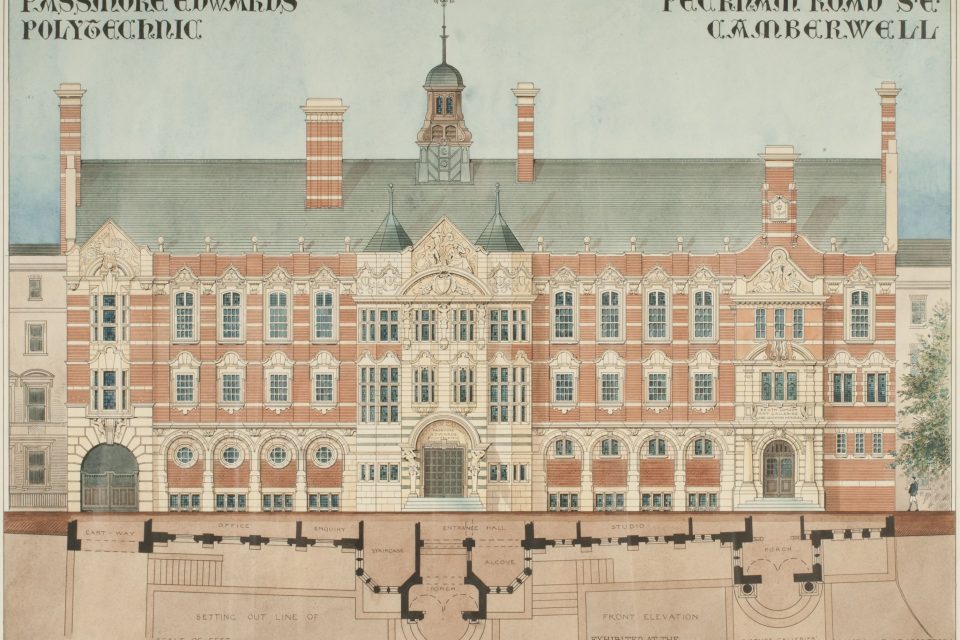
Philanthropist John Passmore Edwards (1823-1911) was a lifelong champion of the working class. He funded several public educational spaces across London, including a Lecture Hall and Library at the South London Gallery and Camberwell College of Arts.
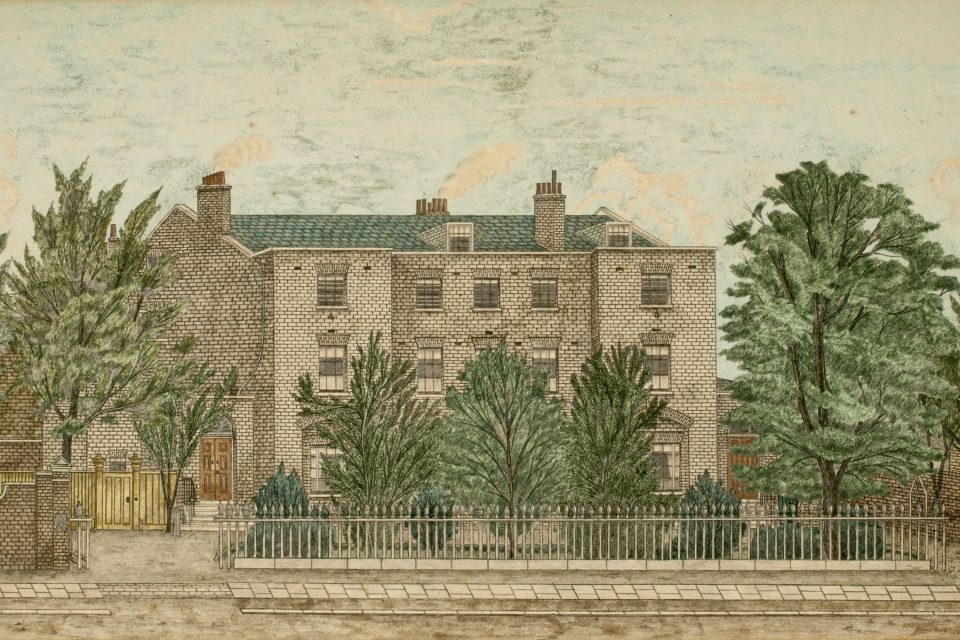
Camberwell House Lunatic Asylum opened in a row of three elegant Georgian houses on the north side of Peckham Road (close to the junction with Havil Street) in January 1846. By 1878 it was the second largest asylum in London, licensed to accommodate 362 patients; the only one larger was Grove Hall in Bow, with 443 patients.

Collected over 18 months, Grow Our Histories is an oral history project produced by the South London Gallery in partnership with Peckham Townscape Heritage Initiative (THI). For Grow Our Histories, local people share their memories and experiences of living and working in Peckham and Camberwell.